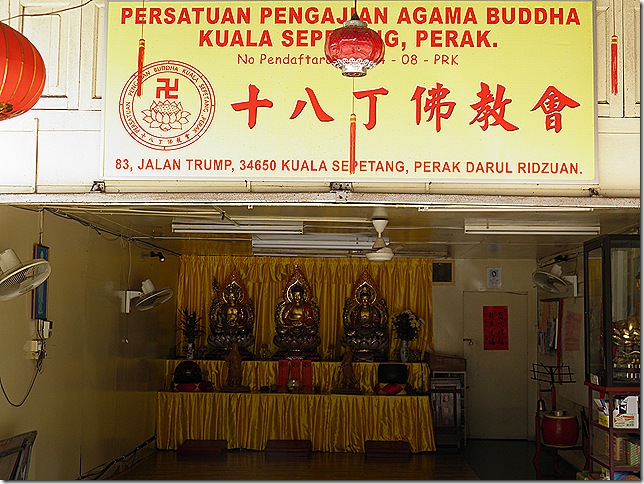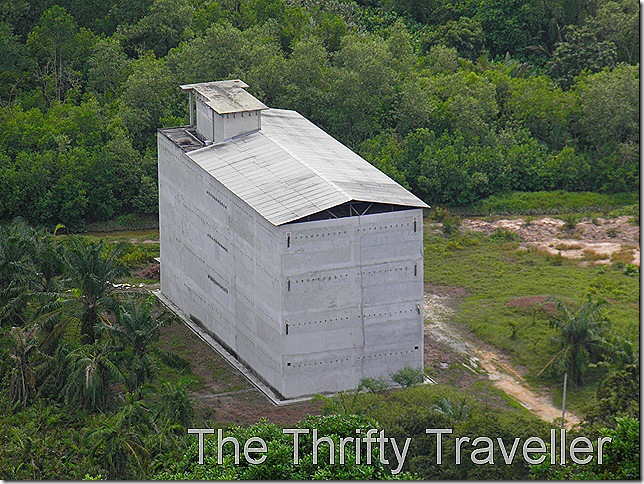Kuala Sepetang, formerly known as Port Weld, is a busy fishing village/town in Perak. It was the nearest harbour to the Larut tin mining area and tin ore was exported from here.
Initially they used elephants to transport the ore but a short railway line from Taiping was completed in 1885 which greatly reduced the journey time. The railway cost a grand total of £7,000 to build (I bet the British Government wished that High Speed 2 could be built so cheaply!).
Miners also used the line to travel to work. The railway became defunct when road communications improved and the track was finally ripped up in the 1980s. All that remains of the line is the old Port Weld station sign (in Tamil, Jawi, Chinese and English) and the ticket office shown in the photo above. The street now covers where the line used to be.
Wooden houses on stilts line both banks of the river and small boats ferry passengers across as there is no bridge.
The dreaded swiftlet farms (which I have written about earlier on this blog) are making an appearance and are changing (spoiling?) the character of this place. Some guy must have had the bright idea to replace his wooden riverside house/jetty with a concrete warehouse and use the upper floors for swiftlet farming. Lots of other people are doing likewise. I suppose there is nothing wrong with swiftlet farming per se but since these windowless concrete blocks are so ugly it would be better to hide them away somewhere remote rather than killing off the tourism potential of a quaint fishing village.
I noticed there is a Trump Street in Kuala Sepetang. He gets everywhere doesn’t he?
The coastline near here is thick with mangrove swamps and the town is known to produce charcoal from mangrove trees. That does not sound very eco-friendly but I think the small-scale harvesting of mangrove wood by a family business that has been doing this for generations is not a huge threat to the mangrove swamps. The bigger threat is the bulldozing of mangrove forests to make way for development and there are plenty of such examples around Malaysia.
Charcoal made from mangrove wood is supposed to be high quality and produces high heat. I bought a bag to take home as a souvenir.








